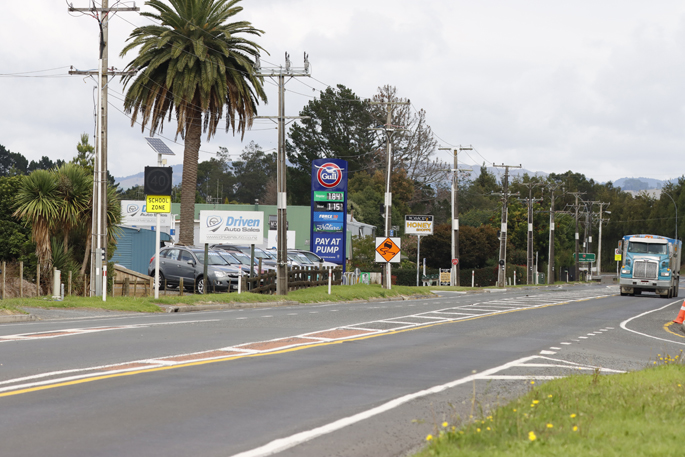Greenhouse gas emissions rebounded in the three months following last year's lockdown from the end of March to the beginning of June.
Data from Stats NZ showed emissions fell by 8.1 per cent over the lockdown period, but then sharply rose by 9.1 per cent in the three months after.
The seasonally adjusted figures showed emissions fell from 20,134 kilotonnes of carbon dioxide equivalents in the first three months of the year, down to 18,494 kilotonnes in the next.
That decrease showed the impact the lockdown had on emissions. Level 4 lockdown began on 23 March, and social distancing measures continuing until level 1 arrived on 8 June.
But for the three months following that period, emissions returned to the status quo. Between July and September last year, 20,176 kilotonnes of carbon dioxide equivalents were emitted.
They are now at a similar level as they were at the start of 2020.
"Recent global events have highlighted the need to see short-term impacts on both the economyand emissions, and to be able to make comparisons between the two," says Stats NZ environmental-economic accounts manager Stephen Oakley.
The dip and rise followed closely the fluctuations of GDP, which suffered an 11 per cent downturn due to the lockdown, but then increased by 14 per cent in September.
Different trends within industries
The pattern of emissions across industries was different.
Primary industries (agriculture, forestry, fishing and mining) - which is New Zealand's biggest contributor to emissions - remained stable through it all, experiencing negligible decline and growth.
The services industry (transport, postal, warehousing etc) meanwhile experienced the biggest drop in emissions. Greenhouse gas emissions dropped by 811 kilotonnes over lockdown (-34.9 per cent) but that then went back up by 305 kilotonnes (+20.2 per cent) afterwards.
Emissions from households, meanwhile, experienced a significant drop in emissions, but then rocketed back up, to levels higher than at the start of the year.
The goods-producing industries (manufacturing, construction and electricity, gas, water and waste services) however, had hardly any decline over lockdown (in fact, emissions actually increased), but then emissions increased by more than 11 per cent in the three months after.
That was in large part driven by the electricity, gas, water and waste services part of the industry.
Dry weather over July, August and September meant that hydro inflow was down, and so there was a stronger reliance on fossil fuels for electricity generation.
"Household use of road transport and increased fuel use for heating were the main causes of this increase in emissions between the June and September quarters," says Stephen.
About the data:
This is the first time this type of data has been released by Stats NZ. Official data on greenhouse gas emissions runs with an 18-month lag.
As such, this more frequent, and up-to-date data is still considered experimental, and is not official.
"Once we receive external feedback, we hope to make them official statistics," says Stephen.
"Recent global events have highlighted the need to see short-term impacts on both the economy and emissions, and to be able to make comparisons between the two."
Stats NZ is inviting feedback on the methodology used to produce these new experimental estimates.



3 comments
AND.....
Posted on 17-02-2021 19:12 | By Let's get real
Increased global temperatures were recorded during lockdown when there were far fewer motorised vehicles active anywhere in the world. Looking forward to some mention of the potential effects of a possible grand solar minimum. But that wouldn't benefit the current international narrative and the flow of money.
Simple Math
Posted on 17-02-2021 22:51 | By Gigilo
Experimental estimates" sounds like modeling". anybody with the most basic knowledge of mathematics knows how accurate that is based on the events of the last year. Those with a more in-depth knowledge of mathematics understands that you can get any answer you desire once you design the formulae. The sad thing is you are expected to believe it to be true.
Global warming.
Posted on 20-02-2021 15:39 | By morepork
I sat on the fence for a long time looking at evidence pro and con. I got pushed off on the pro side and I believe we definitely have a problem that can only be addressed by global co-operation. (It WAS arguable for a while but I don't think so any more...) If you disagree, I'm sure I can't persuade you otherwise. Positions on both sides of this fence seem to be pretty entrenched. All I can offer is this thought: "If you are right, the the measures being taken are largely unnecessary, but certainly not harmful. BUT, if you are wrong and we do nothing, the results are calamitous for the entire Planet and Population." I think it is better to "err" on the side of caution...
Leave a Comment
You must be logged in to make a comment.